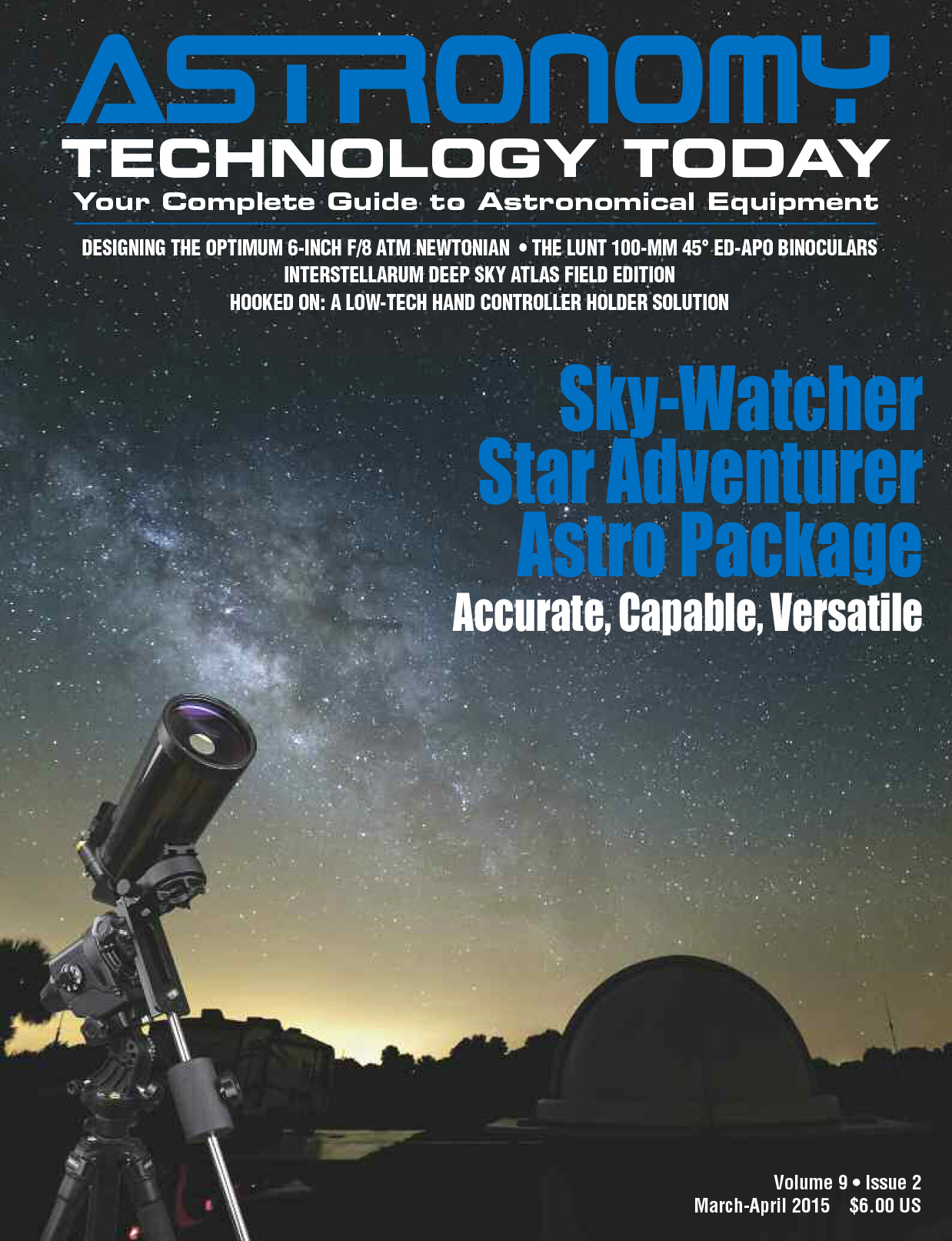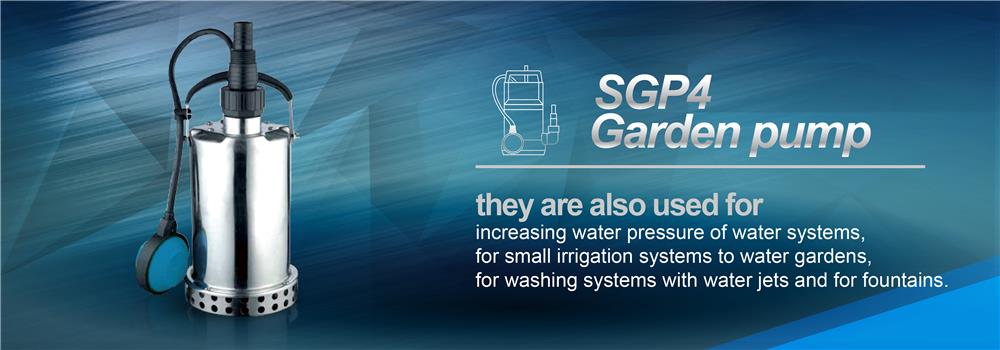Uses SGP4/SDP4 orbital models for improved tracking and orbital prediction accuracy. Single satellite tracking mode permits interactive selection of satellite transponder and provides real-time doppler-compensated uplink and downlink frequency information, using a transponder database. Jan 01, 2010 INTRODUCTION The SGP4/SDP4 is one kind of orbit prediction model developed by NORAD (North Ameri- can Air Defense Command).

SGP4 is a Simplified General Perturbations mathematical model, which is used to calculate the position of satellites relative to the Earth. The most frequently used model is SGP4, which is used with Two-Line Element (TLE) sets provided by NORAD and NASA. Download driver canon mp 237 for win 7.
SGP4 is used for near earth objects with short duration orbital periods (less than 255 minutes). This more than covers all current amateur satellites and the International Space Station. For example, the ISS is about 250 miles above the earth and has an orbital period of about 94 minutes, while FunCube-1 (AO-73) satellite is about 400 miles above the earth and has an orbital period of 97 minutes.



ESTIMATION OF THE SGP4 DRAG TERM 13 where x i represents the NORAD-type mean elements, y represents the osculating elements, (a) is the iterative approximation counts,. In this video i give a small introduction to SGP4,TLE and how a satellite orbit can be visualized.Code is available at https://pyfiddle.io/fiddle/f6240a0e-a.
While the original SGP4 calculations were described in Fortran IV back in 1988, they have been ported to many languages, included Python. Due to the critical nature of these prediction models, there are fully automated suites of tests that can be used to validate their accuracy.
Sgp40
A fully tested python version of sgP4 can be found here: https://pypi.python.org/pypi/sgp4/
Inputs are TLE data and desired time. Output is positional vector and velocity.
Hi all,
I’m trying to do something quite simple which is to propagate a TLE with SGP4 and output the osculating elements. My basic method is as follows:
- Create TLE object from a TLE string
- Propagate TLE with TLEPropagator class and return PVCoordinates
- Create KeplerianOrbit object with PVCoordinates
- Get osculating elements
However I am getting some very weird results that don’t match the original TLE when I try to retrieve the osculating elements from the keplerian orbit object. Here is my code:
My output is the following:

Sgp4 Python
Clearly the Argument of perigee, RAAN and eccentricity are way off. Does anybody know how I can solve this or where I may be going wrong?
